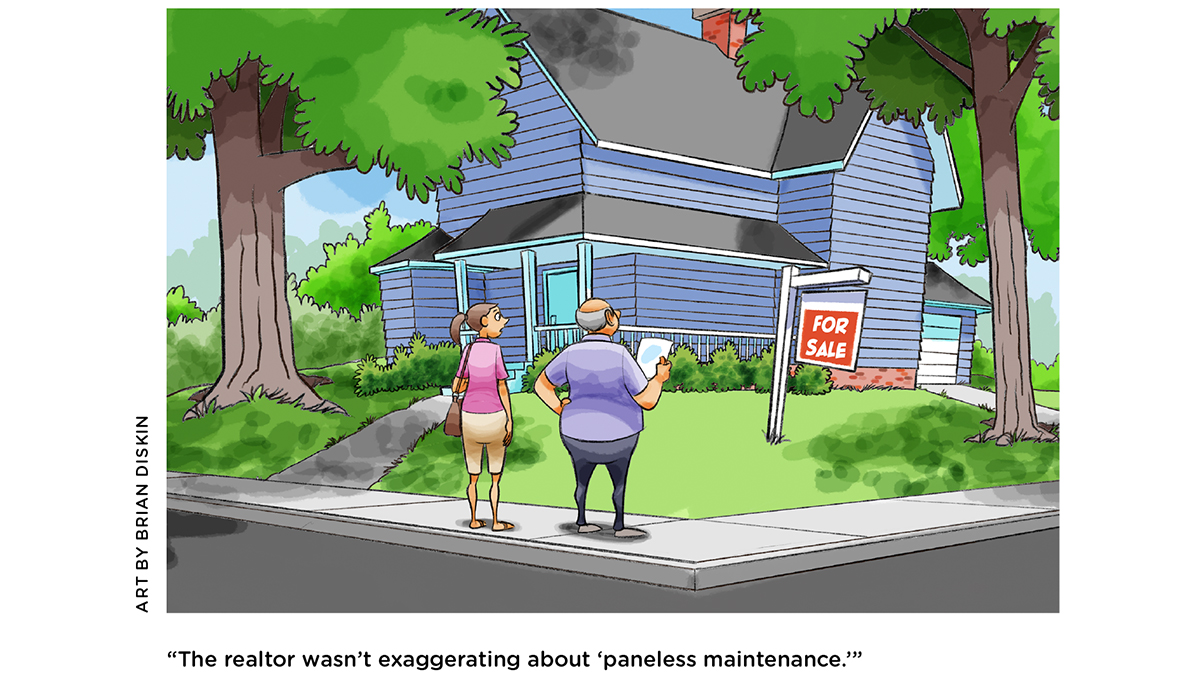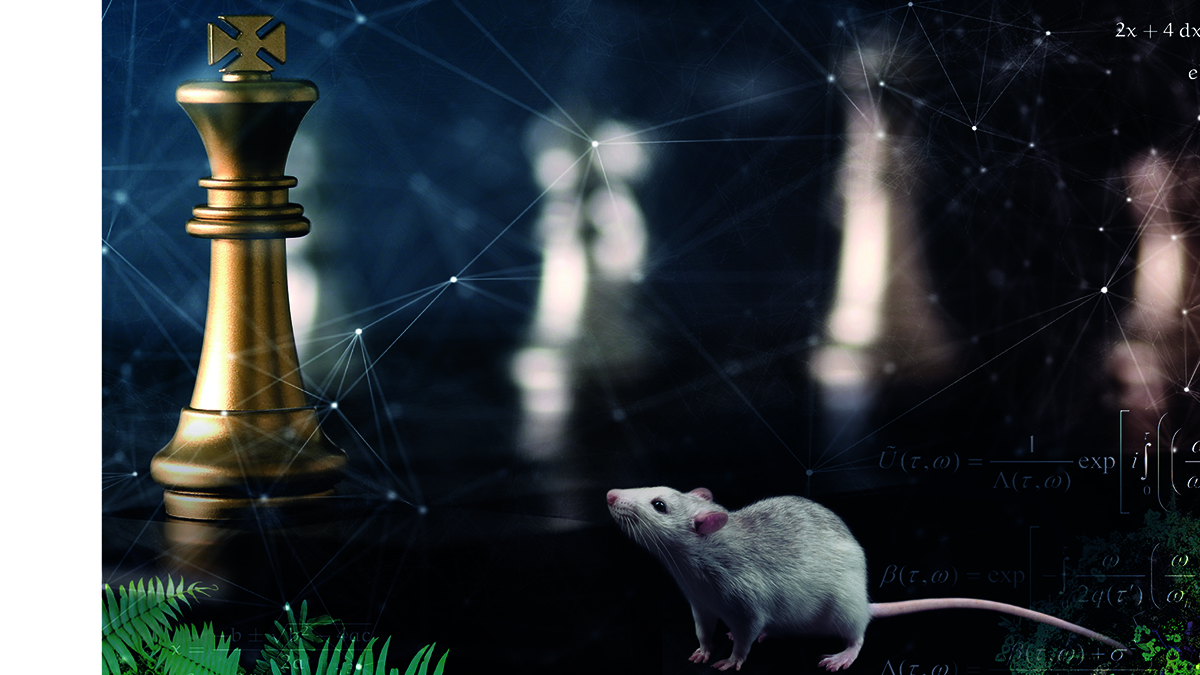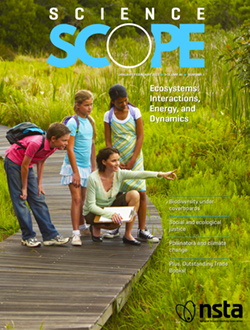Universal Design for Learning Science: Reframing Elementary Instruction in Physical Science: Professional Book Study for K-5 Teachers
Universal Design for Learning Science: Reframing Elementary Instruction in Physical Science is a unique classroom resource, first and foremost, because of its assumption of ability rather than disability.
Universal Design for Learning Science: Reframing Elementary Instruction in Physical Science is a unique classroom resource, first and foremost, because of its assumption of ability rather than disability.
Universal Design for Learning Science: Reframing Elementary Instruction in Physical Science is a unique classroom resource, first and foremost, because of its assumption of ability rather than disability.
Universal Design for Learning Science: Reframing Elementary Instruction in Physical Science is a unique classroom resource, first and foremost, because of its assumption of ability rather than disability.
Universal Design for Learning Science: Reframing Elementary Instruction in Physical Science is a unique classroom resource, first and foremost, because of its assumption of ability rather than disability.










 Volume 46, Number 3
Volume 46, Number 3